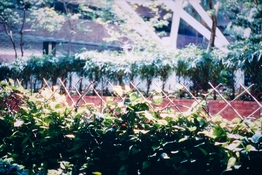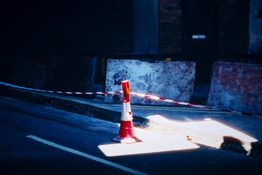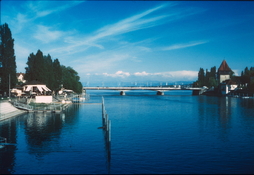@loccdor thanks! I'm really looking forward to see your results on 6x6!
I wonder if the base color is a result of us using regular blix, while chromemax used SR-29 bleach and neutral fixer.
@chromemax your results don't have any redish color shifts, right?
Regarding contrast... this will sound crazy but what if we would pull it one stop? To ISO 6 or 8 would that help a bit? (It's still bigger ISO than the wet plate!!!)
I mean I like it the way it is right now. But I also understand that one might want at least some shadow detail.
I wonder if the base color is a result of us using regular blix, while chromemax used SR-29 bleach and neutral fixer.
@chromemax your results don't have any redish color shifts, right?
Regarding contrast... this will sound crazy but what if we would pull it one stop? To ISO 6 or 8 would that help a bit? (It's still bigger ISO than the wet plate!!!)
I mean I like it the way it is right now. But I also understand that one might want at least some shadow detail.













